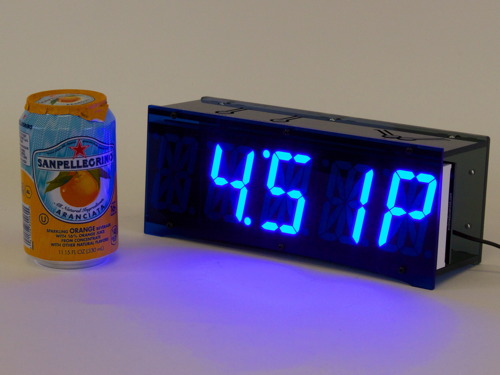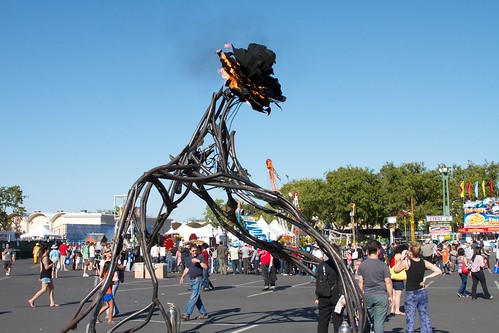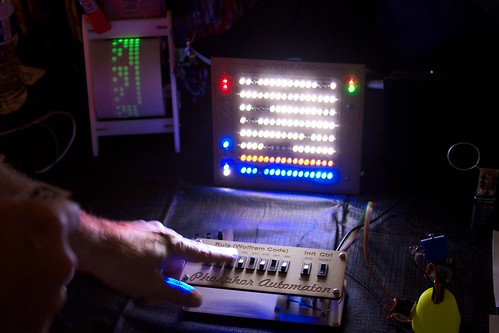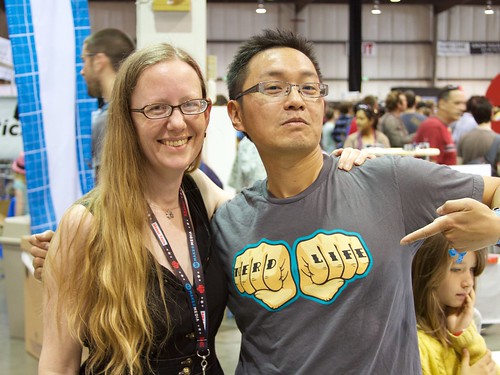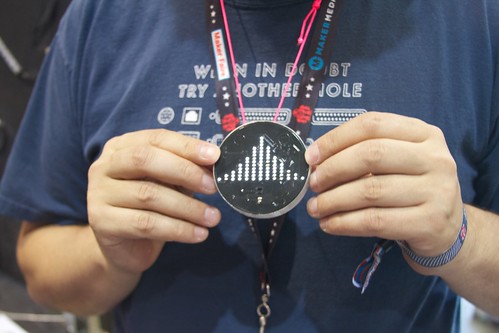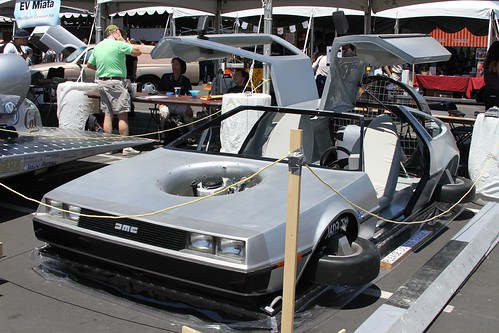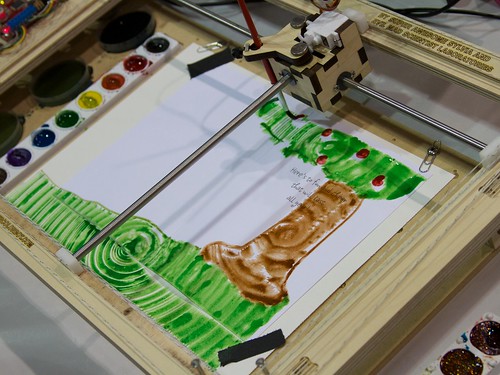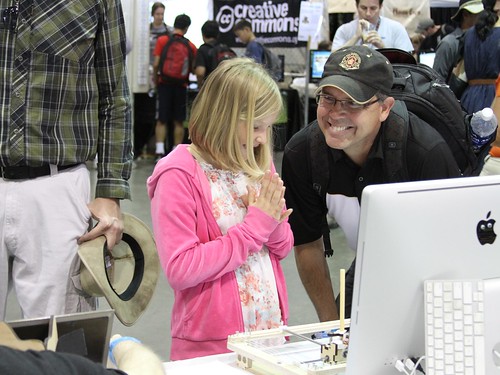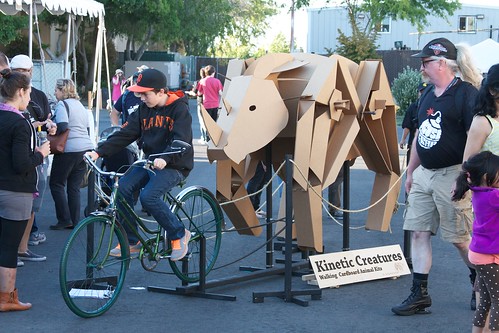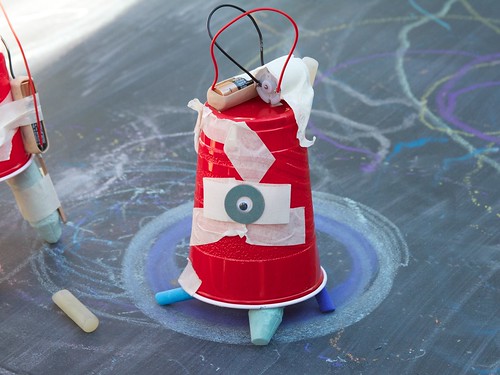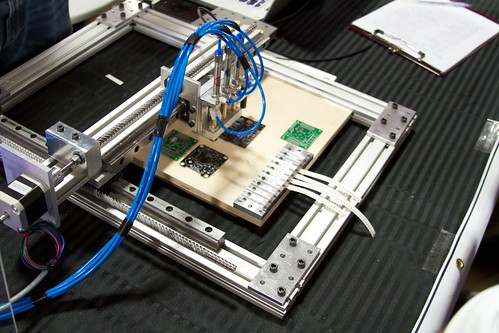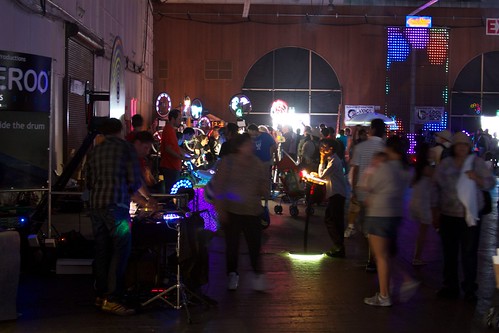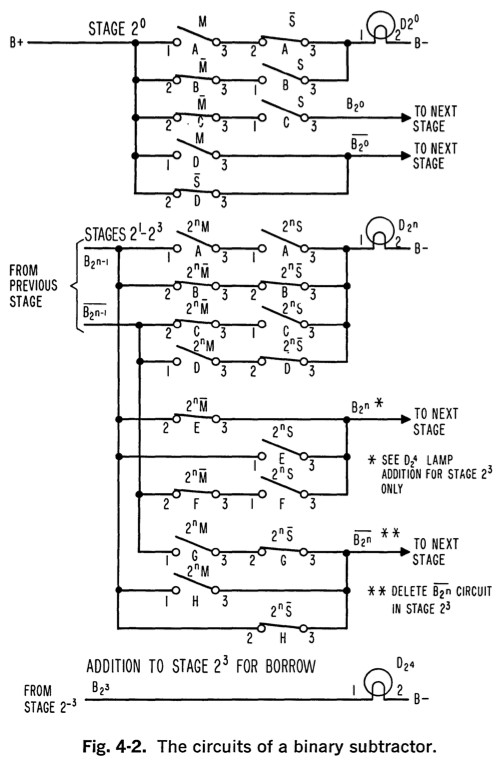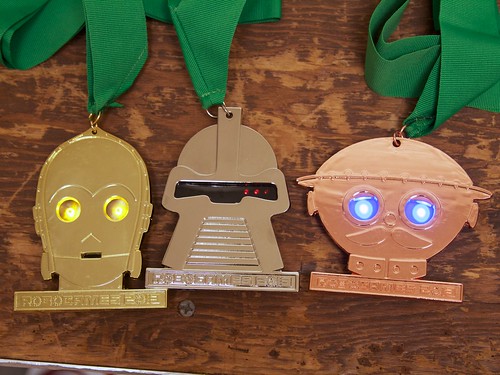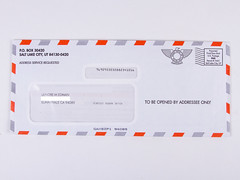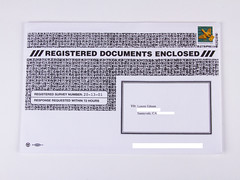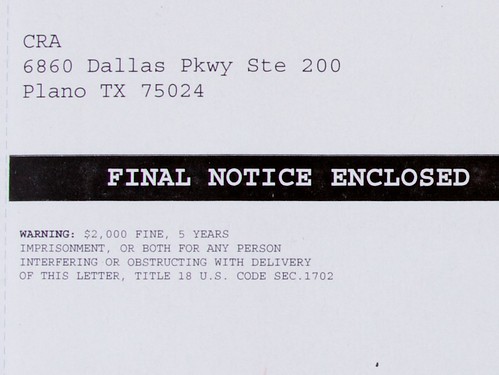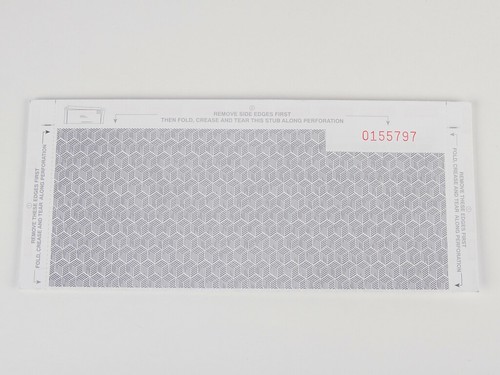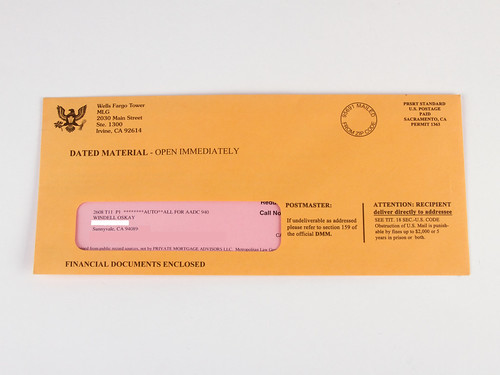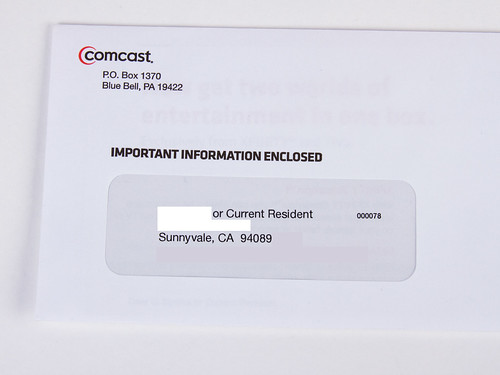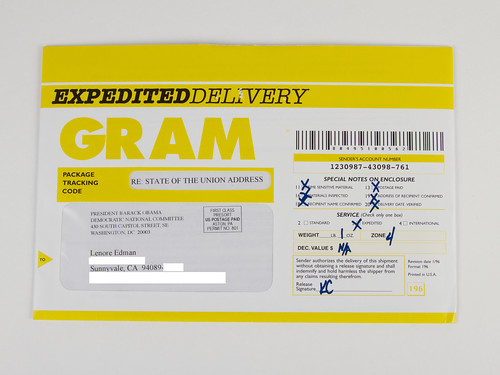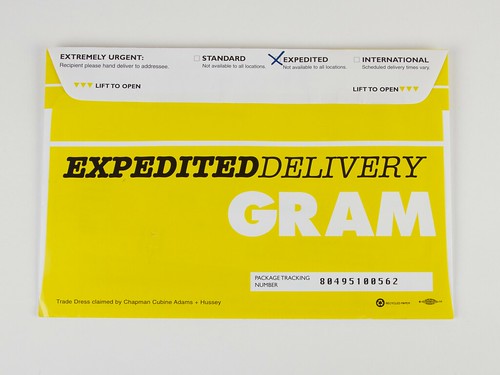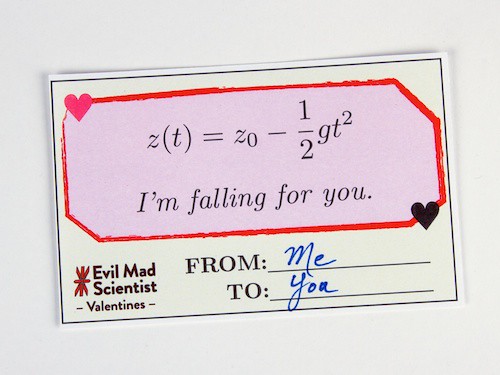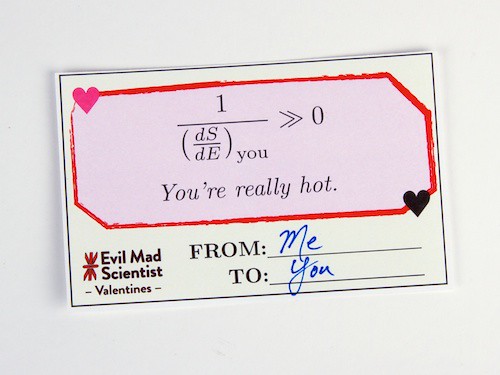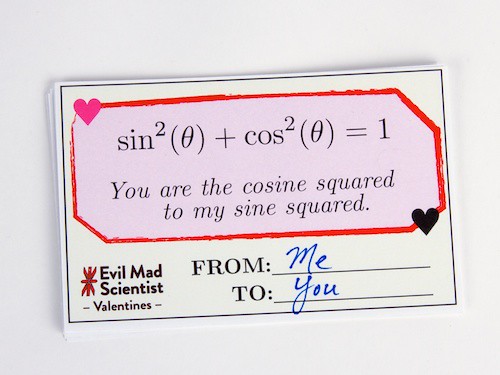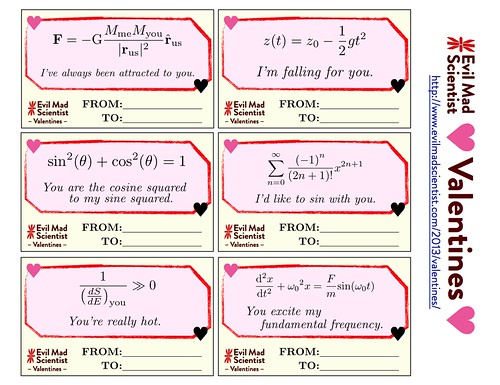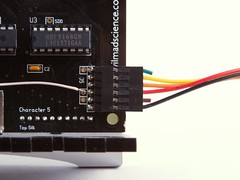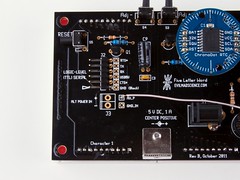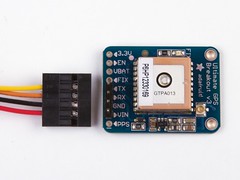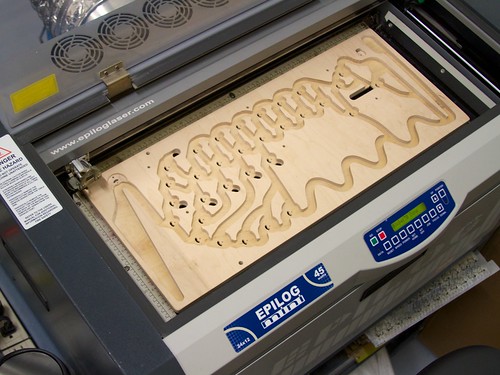Introducing our newest open source hardware kit: The Blue Edition of Alpha Clock Five.
Alpha Clock Five is our flagship clock kit, which thus far has been available only in a Red Edition and in a White Edition. Whichever color you happen to like, it is a full-featured, beautiful, and extraordinarily easy-to-read desk clock based around oversized 2.3″ alphanumeric LED displays. It’s designed to work equally well as a bedside alarm clock and as a computer-controlled alphanumeric data display device.
We’ve already written extensively about the core design of Alpha Clock Five. We’ve also written about the modes and features added in version 2.0 of our Arduino-compatible firmware (such as date display and daisy chained scrolling text), and about the hardware changes necessary to support the White Edition of the kit. Fortunately, the changes that we made in order to support the White Edition also allow us to support the use of blue LEDs, just as easily. And so— by popular request —we now present the Blue Edition.
Here, the Blue Edition is shown with a soda can for scale. These LEDs are big and bright, and cast a heavy glow on the soda can and tabletop. (The usual caveats about the difficulty of photographing LEDs apply: A camera cannot capture the apparent intensity of pure blue LEDs in the same way that your eyes can.)
As with the other Alpha Clock Five kits, the control buttons are cut as flexures into the top of the laser-cut acrylic case, that can bend down to contact right-angle tactile button switches at the top edge of the circuit board. The top and bottom sides of the case are made of black acrylic, and the rear panel is made from smoke-gray acrylic.
For the Blue Edition, the front face of the case is made of deep blue transparent acrylic, which helps to increase display contrast, especially in brightly lit office environments.
Without the top and back panels, you can see the electronics within: the AVR microcontroller, LED driver chips, transistors, Chronodot RTC module and the other parts that make it all work.
The Blue Edition of Alpha Clock Five is available now at the Evil Mad Scientist shop.







